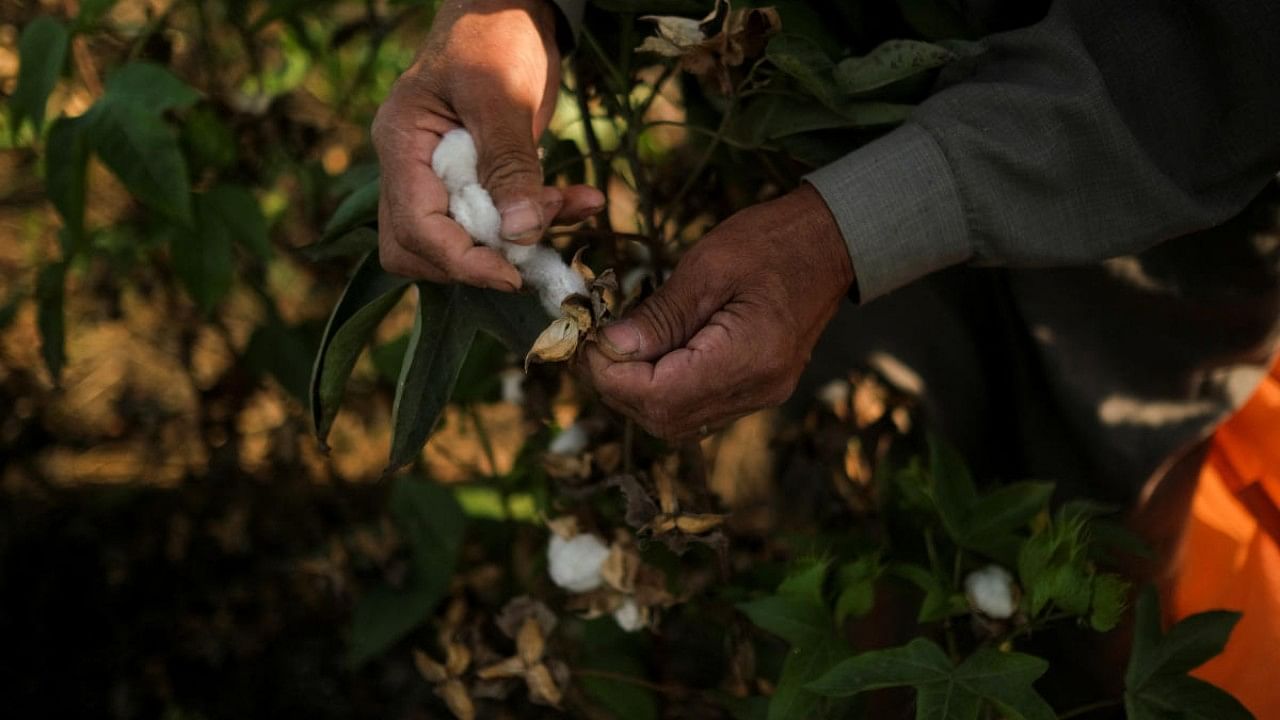
Though Tamil Nadu accounts for 70 per cent of knitwear and 40 per cent of home textiles manufacturing capacities in the country, the state's annual cotton production is just 5 lakh bales a year though the requirement is over 120 lakh bales.
To bridge the gap and enhance the competitiveness of the industry, the Southern India Mills Association (SIMA) has asked the DMK government to come out with an action plan to increase cotton production from the current 5 lakh bales a year to 25 lakh bales a year in the next five years.
Though cotton is the main raw material used in garments, the crop is not cultivated by farmers in the state due to a slew of reasons, including climate. Ravi Sam, Chairman, SIMA, met Chief Minister M K Stalin in Chennai on November 21 and suggested a master plan to increase cotton production in the state.
"The government should make available quality cotton seeds that are capable of giving higher productivity and fiber quality matching international standards. The master plan recommends global agronomy practices to be adopted, mechanized harvesting and water conservation to reduce the cost of cultivation, increase productivity," Sam said.
He said the state accounts for one-third of the country’s textile business size, 45 per cent of spinning capacity, 70 per cent of knitted garment capacity, 40 percent of home textiles manufacturing capacity, and 22 perc ent of power loom capacity.
"The actual annual cotton requirement of the textile industry in Tamil Nadu is around 120 lakh bales (170 kgs per bale) while the state hardly produces four to six lakh bales," he said. Sam also asked Stalin to strengthen textile processing, the weakest link in the entire textile value chain with sustainable and competent technology.
The representation comes months after the mill owners were at the receiving end of cotton prices which were at their highest in 11 years. The garment industry had complained about the high increase in the price of yarn which is made of cotton.